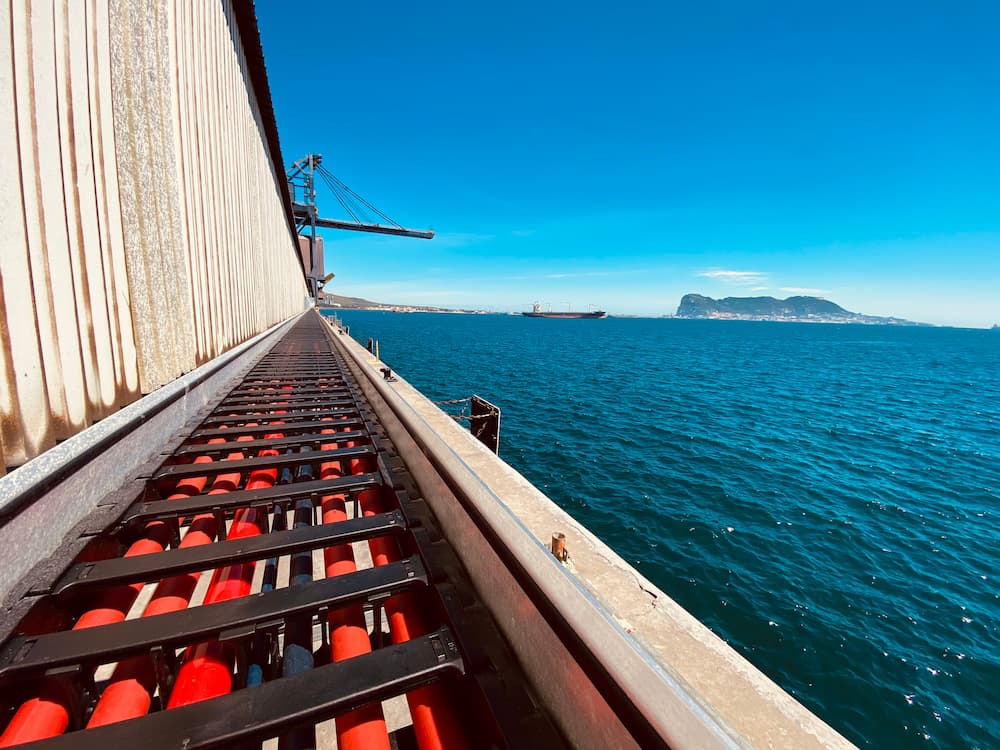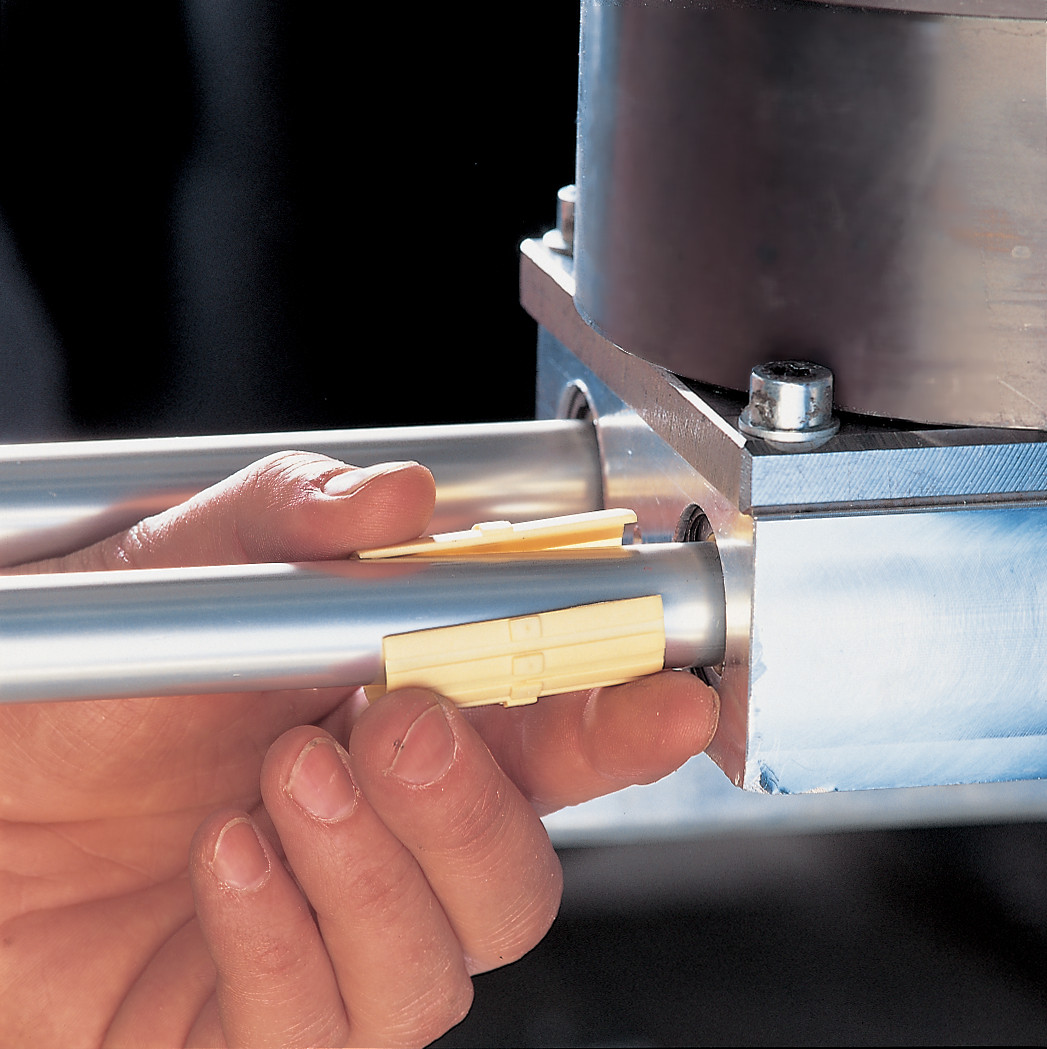What is a heat-resistant cable?
It wasn’t too long ago that we were all melting with the mini-heatwave in the UK. We are certainly not equipped for the temperatures that we experienced. But have you ever considered how cables cope in extreme heat and have you ever even considered “what is a heat-resistant cable?”. It is important that at igus® we have cables that can cover all application types, and this includes high temperatures.
What is a heat-resistant cable?

A heat-resistant cable is a cable that has been designed specifically for applications with extreme heat. The cables can withstand excessive temperatures without there being any mechanical stress or electrical stress, which means it can be used outdoors where they often have to withstand seasonal temperature fluctuations, extreme heat and extreme cold. Due to climate change, the world now suffers from extreme temperatures, so these have to be considered when choosing the right cable. If the right cable isn’t selected, it can cause major issues.
Cables for extreme heat
As already mentioned, the temperature in the summer can massively fluctuate, so it is not always easy to plan for. The UK is notorious for these fluctuations and the summer of 2022 has been a prime example. We have seen temperatures of nearly 40 degrees and 2 days later 21 degrees. How can people be expected to be able to plan for this let alone their machines and applications?

As humans, we have a variety of ways to cool down when the heat becomes this intense, however, cables do not and yet we expect these very cables to be able to withstand the heat and function smoothly and without fault. The service life of cables depends on many different factors and temperature is a primary one. In addition to the mechanical stress caused by the movement, other stress can come from environmental influences, such as temperature.
The importance of temperature-resistant cables
The way that cables are affected by heat differs, so cables react differently to cold temperatures as they do to hot temperatures.
As a general rule, you would only use temperature-resistant cables in applications and environments where temperatures are going to be very hot or very cold and must be able to function without fail. The cable also needs to be able to function in normal ambient temperatures as well so ensuring the cable has the capabilities of both is essential. The industrial sectors are diverse and range from refrigeration and air conditioning to glass or ceramics processing, so a large scope of requirements.
In relation to heat-resistant cables, the higher the temperature, the softer the cable or the outer jacket material becomes. This has an impact on the mechanical load capacity. Therefore, the choice of the right outer jacket is crucial at high temperatures to avoid material damage.
Let’s look at an example, A PVC outer jacket becomes very soft when exposed to intense heat and sunlight. As a result, the durability decreases significantly, and a fail-safe function can no longer be guaranteed. In this instance we would recommend either a PUR or TPE jacket material. These materials handle heat the best and help with the heat dissipation.
What is heat dissipation?
Heat dissipation is when strong currents pass through a cable and the level of heat gets too intense, so it has a negative effect on the cable and its service life. To reduce this, ensuring the correct core size and core material is chosen means the current will pass through without heating up the cable more than it should. If the correct core is not chosen, this is where you will see cable failures.
Applications for higher temperatures
The main focus here is on applications that are exposed to high heat on a daily basis. For example, crane applications in the port or offshore area. Here, the cables are not only exposed to UV radiation in summer, but also to high temperature direct solar radiation. Other areas of application are agricultural or construction machinery, any applications outside really that can be exposed to the elements.
In the UK, exposure to extreme heat is normally limited to a few weeks or months a year, however, in other countries, such as Africa, the installed cables have to withstand these extreme temperatures permanently.
Hopefully this blog has answered “what is a heat-resistant cable?” and should you wish to read more chainflex® blogs visit https://blog.igus.co.uk/category/chainflex-cables/
If you would like to view the range of igus® chainflex® cables please visit the shop



